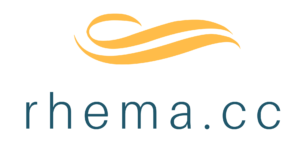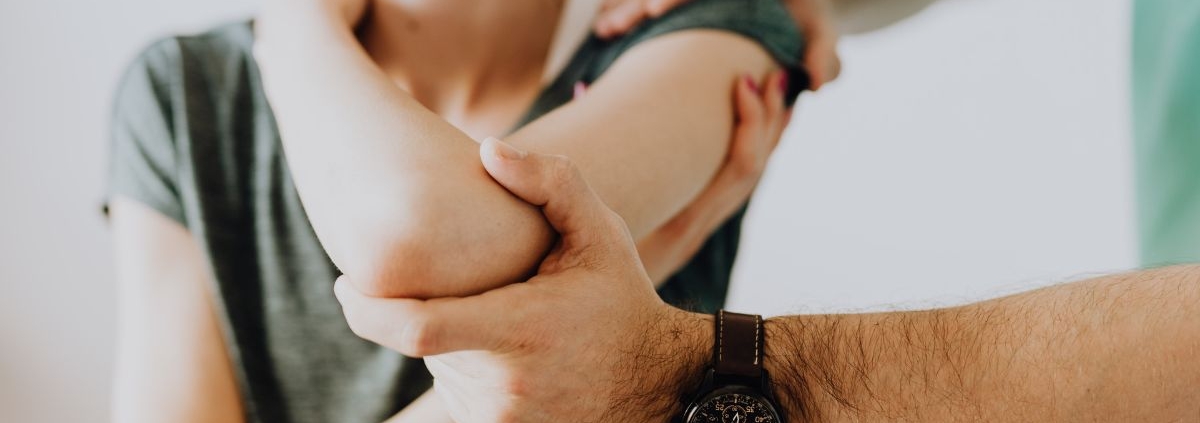The Surprisingly Rich History of Physiotherapy
By: Bec Harris
When you book a physio session today, you’re tapping into a profession that goes back thousands of years. While it might seem modern, physiotherapy’s roots reach as far back as ancient Greece.
Ancient Origins
“Physiotherapy actually dates back to the time of Hippocrates,” says Melanie Mac, a seasoned physiotherapist. The ancient Greeks used heat, movement, and massage for healing. These techniques were considered medical prescriptions at the time.
Similar approaches were found across cultures. “Chinese and other Asian traditions also used massage and movement for wellness,” Mel adds.
From Gymnastics to World Wars
Fast forward to the 19th century. Germany introduced early forms of physiotherapy through gymnastics and machines like the “Gymnasticon”, a primitive version of the stationary bike.
But it was World War I that truly shaped modern physiotherapy. As injuries mounted, the demand for recovery methods grew. “Orthopedics developed alongside physio,” says Mel. “And for the first time, women were allowed to treat injured men.”
A Profession Is Born
During the early 1900s, young female nurses were assigned to treat conditions like neurasthenia, believed to stem from nervous fatigue. These nurses performed hands-on treatments under doctors’ strict orders.
“They weren’t allowed to make treatment decisions,” Mel explains. “But this laid the groundwork for the physio profession.”
Eventually, this group separated from traditional nursing, focusing on the body’s mechanics rather than emotional care. “It marked a shift, from care and empathy to body-focused processes,” says Mel.
Australia’s Massage Roots
In Australia, physiotherapy evolved differently. “It grew from the Australasian Massage Association,” Mel says. By 1939, it became the Australian Physiotherapy Association.
The first university-level physio degree wasn’t introduced until 1950 at the University of Queensland decades after New Zealand. “They beat us to it in 1916 at the University of Otago,” Mel notes.
Gender Shifts in the Field
Physio was once seen as “women’s work.” In the early 1980s, only 17% of graduates were men. Today, men dominate high-profile sports physio roles. “It’s interesting how public perception has shifted,” says Mel.
Massage vs Physio Today
Given physio’s roots in massage, it’s easy to confuse the two. “People often ask, ‘What’s the difference between a massage therapist and a physiotherapist?’” says Mel. “Physio uses massage techniques, but it’s rooted in restoring movement and promoting long-term health.”
Physio vs Osteo vs Chiro
Physiotherapy, osteopathy, and chiropractic care often overlap. Mel explains:
- Osteopaths use more manipulation and focus on whole-body health.
- Physios prefer “mobilisation”, gentler joint movements.
- Chiropractors emphasise the nervous system and spinal alignment.
“Each practitioner develops their own approach based on training and belief systems,” Mel says. “It’s a grey area.”
Final Thought
Physiotherapy has come a long way, from Greek massage to digital consults. But at its core, it remains focused on movement, healing, and restoring quality of life.
“Be curious. Ask questions. And find a practitioner that suits you,” Mel encourages.
Article supplied with thanks to Sonshine.
Feature image: Canva






